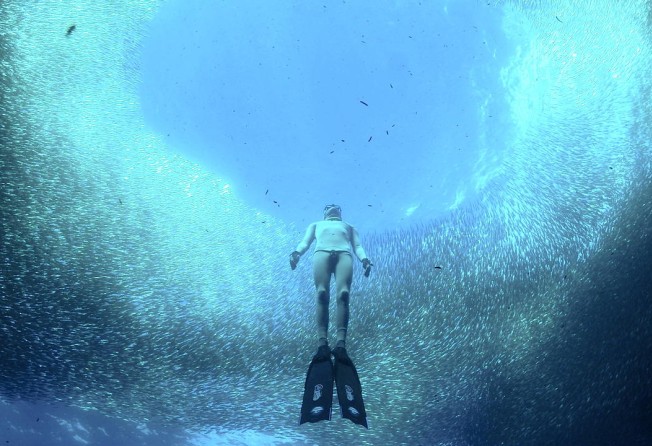Hong Kong free-diving: where to learn, and why it's catching on
Free-diving is catching on in Hong Kong. Exponents find it a challenge for both body and mind, and are not put off by the death last month of Russian free-diving queen Natalia Molchanova

The tightly knit community of free-divers around the world was stunned when news emerged in early August that Natalia Molchanova failed to return from a dive near Ibiza, Spain, and was presumed dead. The 53-year-old Russian had long been an inspirational figure in free-diving, her 41 world records making her the undisputed queen of the sport.
Although the tragedy highlighted the risks of free-diving, it has done little to dampen enthusiasm for the extraordinary discipline whereby athletes such as Molchanova can plumb depths of 100 metres on a single breath.
Print option is available for subscribers only.
SUBSCRIBE NOW